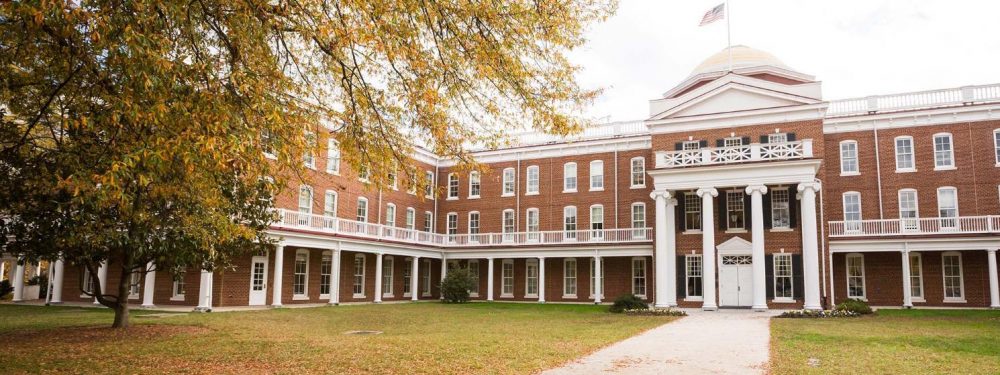Students will be able to analyze critically and apply the major principles of cell and molecular biology.
I was first introduced to some basic principles of cell and molecular biology in my Integrative Biology course (BIOL 120). In lecture, we learned about significant discoveries, the components of the cell theory and cell structure, energy transfer, and the central dogma. My first hands-on experience in the cell and molecular realm was our first project in this class where my group decided to test the efficacy of various cleaning methods on the door handles of the science building (BIOL 120 Project 1 Methods and Materials). Getting to see our collected samples grow into bacterial colonies on agar plates was pretty cool. We had spent time talking about cells that the naked eye can’t see, but all of these microscopic organisms grew to form colonies that we were able to document and analyze ourselves.
At the time, I thought those bacterial colonies were pretty neat, but then I took Microbiology (BIOL 304). I think this would have to be my all-time favorite class I have taken. I now learned more about the aseptic techniques used in collecting bacterial samples, and even went on to isolate and stain my own samples in order to look at them through a microscope. Using these techniques and various staining processes we learned about, my lab group created a proposal for a project in which we had hoped to characterize bacteria found on bathroom surfaces both at school and in homes (BIOL 304 Proposal Presentation). Using different stains to uncover various properties and characteristics of these bacterial samples in order to identify them was both challenging and fascinating.
My lab experiences in my first few years at Longwood really helped me understand common techniques and methods used in scientific literature within the field. In my last semester, I took a special topics class called Neurobiology of Motor Control (BIOL 455). Microbiology had taught me about the different types of microscopy and how samples could be collected, so when reading literature in my Neurobiology of Motor Control course, I had a better understanding of how they were able to collect data in order to better understand their results. This was especially true for the presentation I gave on the groundbreaking article published by Hugh Huxley in 2000 that looked at muscle contraction at the molecular level (BIOL 455 Huxley 2000 Presentation).
